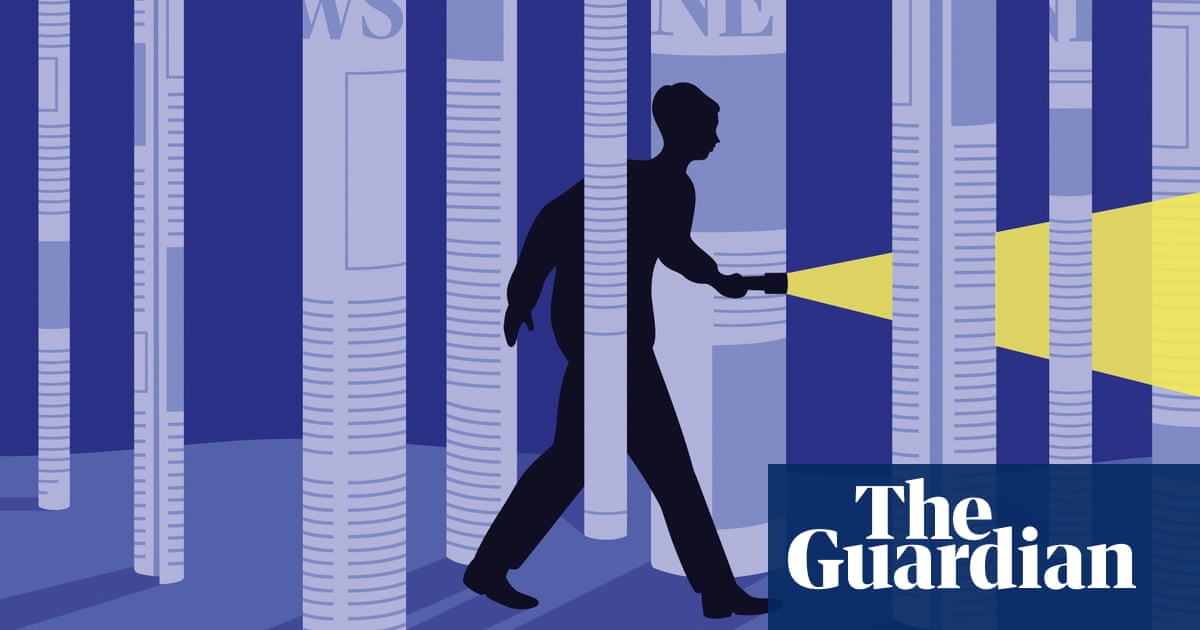How ’15-minute cities’ became conspiracy targets
Conspiracy theories about Covid and climate change may have lost momentum but the next dubious theory is never far away. Making our cities more liveable and compact is suddenly a secret plan to entrap us.
It started as a transformational idea about how our cities should look and feel.
Now it’s become a fast-growing world-wide conspiracy.
How did the ’15-minute city’ concept get so out of hand?
Today, The Detail talks to Auckland University senior lecturer in architecture and planning Bill McKay about the concept, and extremism researcher and author Byron C Clark about the conspiracy.
“It stems from a movement that goes back decades called ‘new urbanism’, which was basically saying ‘we’ve spent 100 years commuting from suburbs, mainly in cars, we need to get back to a much more sustainable way of doing things,” McKay says.
But the idea didn’t really reach the mainstream until it was popularised by French professor Carlos Moreno in 2015.
McKay says the style of cities we have in New Zealand are only about 100 years old.
“In New Zealand we take it for granted that we live in suburbs and that we commute to where we need to go, whether it’s the supermarket, or dropping kids at school, or going to work,” he says.
“It’s a highly artificial way of living. So the idea of a 15-minute city is taking us back to how cities used to be hundreds of years ago, where you could actually live not too far from where you worked or where you do your shopping.”
He says the car is largely responsible for that change and altering people’s perceptions is hard.
“In a way, New Zealanders see their cars a bit like Americans see guns – ‘don’t you dare try and take that off me’.
“Another way of thinking about cars is they’re like pets. They’re actually bad for the environment and they spend 95 percent of their time lying around doing nothing, they’re way more expensive to keep then you really think, but we love them.
“There’s a mix of a love of cars, suspicion about congestion charges, trying to keep cars out of cities, that is being conflated with the 15-minute city notion.”
And that could be part of the reason for the growth of the conspiracy in New Zealand.
Clark, the author of Fear: New Zealand’s hostile underworld of extremists, has been watching it closely.
“I’ve become aware of the 15-minute conspiracy theories, largely because I’m seeing what were Covid conspiracy theories segueing into climate change conspiracy theories,” he says.
“The 15 minute city concept gets adapted into that, with this idea that we’re going to have climate lockdowns and the government’s going to force you to stay in your 15-minute zone around your neighbourhood.
“Anyone who’s out there trying to fearmonger about lockdowns and vaccine mandates isn’t going to have a lot of success because there aren’t going to be any more Covid lockdowns and the mandates for vaccines are all but gone.
“But if you start to tell people that ‘sinister, supranational organisations’ like the UN and the World Health Organisation or the World Economic Forum are bringing in all these things that are going to be similar to lockdowns … you can use that to generate the same kind of fear that people had around some of the public health measures we saw around Covid.”
Clark says beating these conspiracy theories is difficult, but there might be a way to solve it.
“What people believe tends to depend not on how accurate or how true the information is, but the relationship that they have with the person sharing that information with them.
“So I think if you have people in your life – that’s friends or whānau or work colleagues who are talking about these things – talk with them about what the actual information is, what a 15-minute city really is, and what the UN Sustainable Development Goals are actually about and maybe then they can be convinced.”
Check out how to listen to and follow The Detail here.
You can also stay up-to-date by liking us on Facebook or following us on Twitter.


